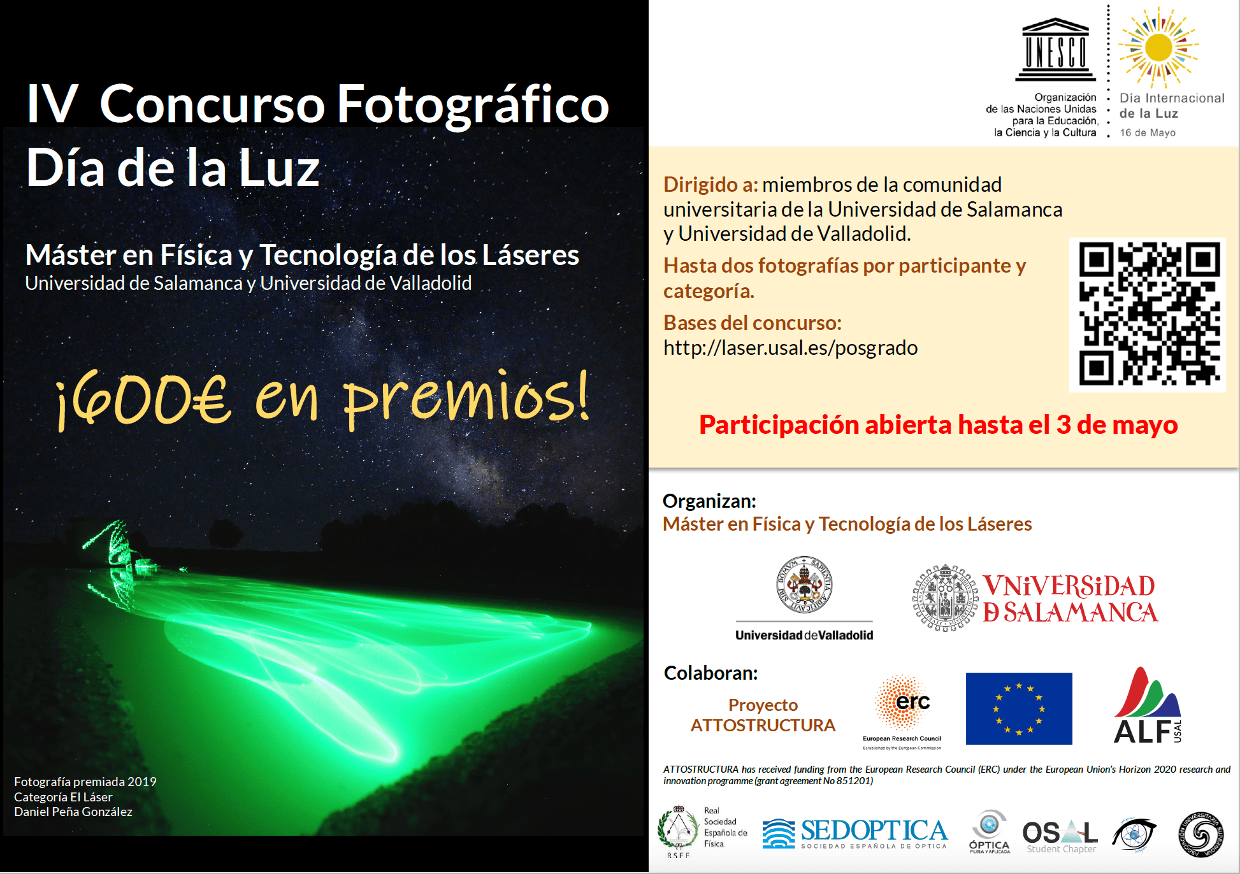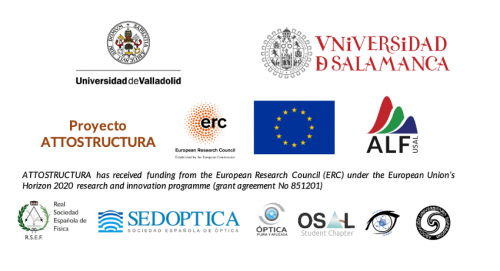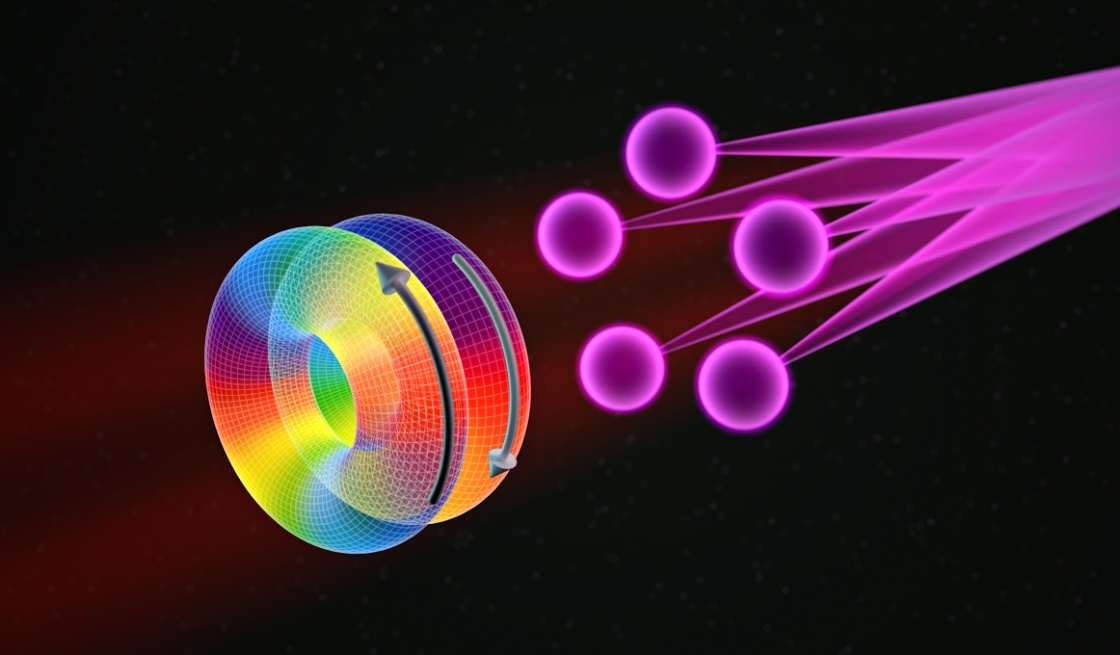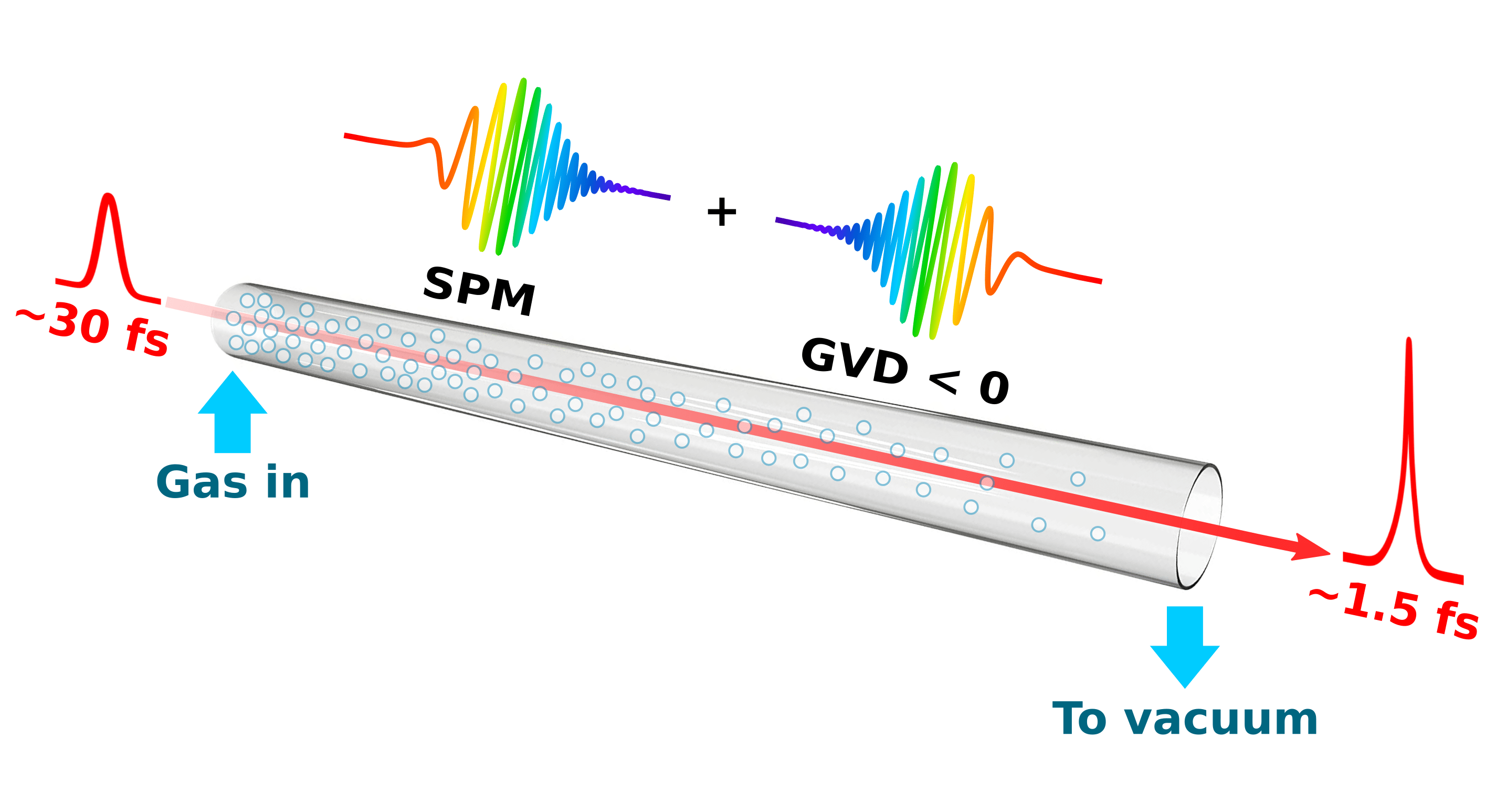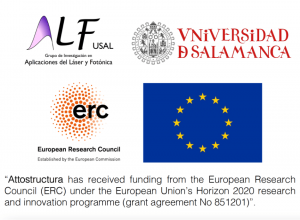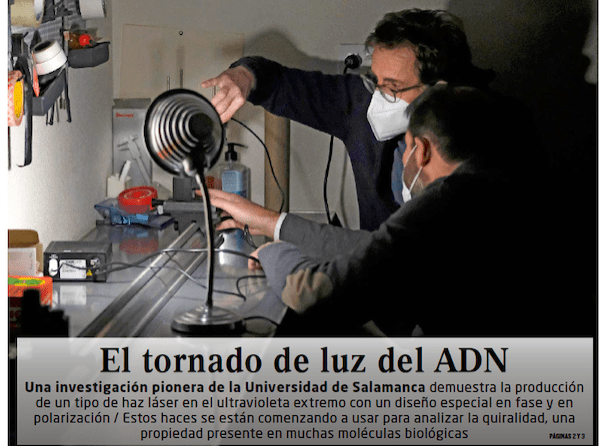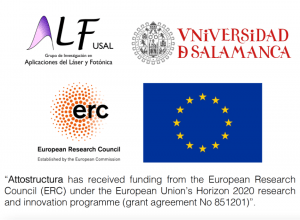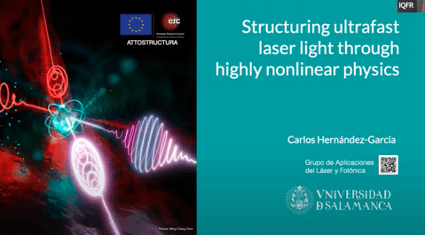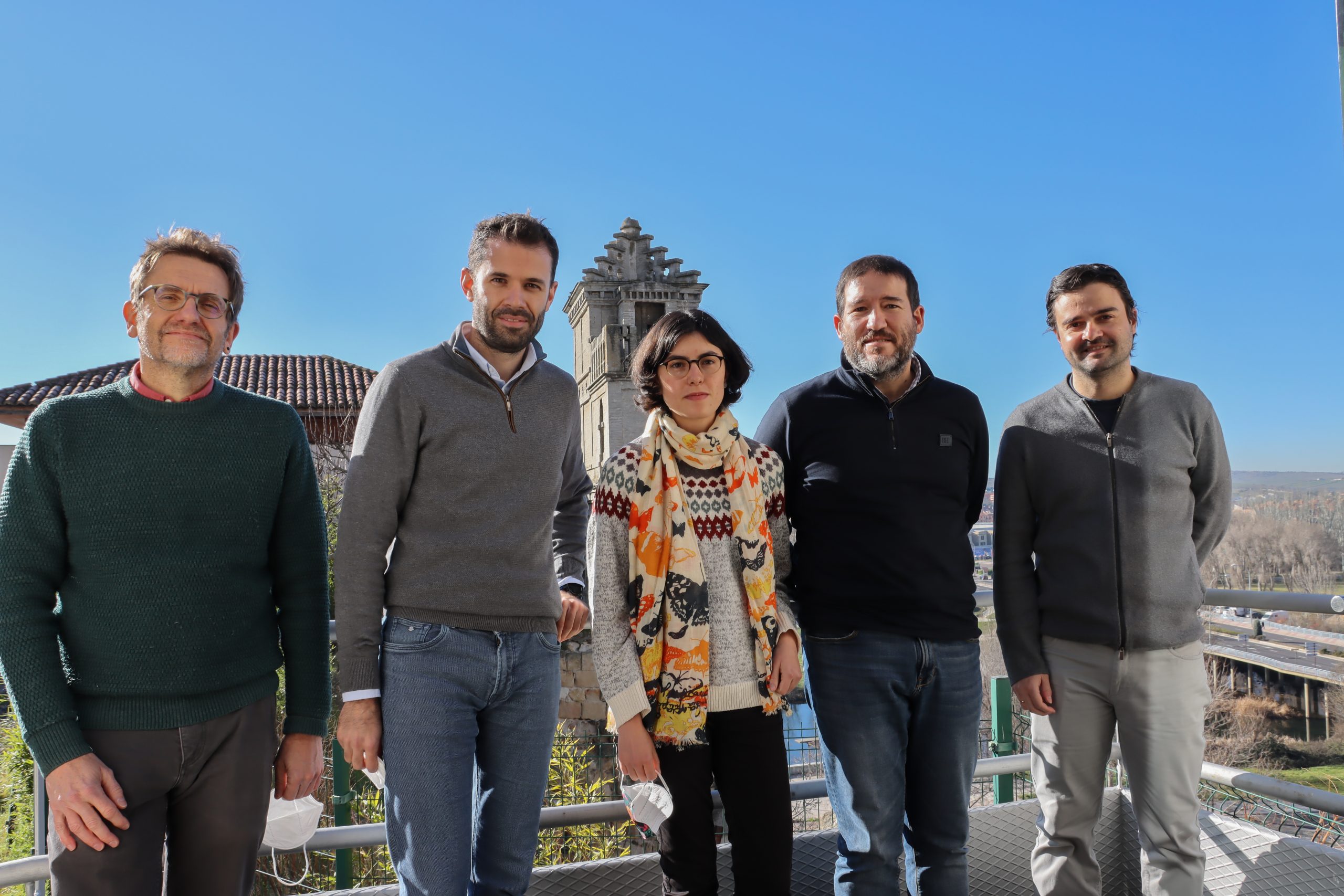Sterling silver jewelry, rose gold with exclusive designs, rings, earrings, bracelets… made out of light? Like a high fashion jewelry workshop, the Laser and Photonics Applications research group of the University of Salamanca (ALF-USAL) focuses its efforts on designing light jewels through non-linear optics. Jewels, not only for their beauty in the form of high-frequency lasers, but also for their usefulness in observing and controlling unknown processes in nature. In fact, the design of coherent and high-frequency laser light beams (towards the X-rays) has become a unique tool to access processes that take place in very small sizes (nanometers) and in very short times (trillionths of seconds).
The theoretical-experimental collaboration between ALF-USAL and the group of Profs. Murnane and Kapteyn at the University of Colorado at Boulder (USA) have been developing fine jewelry for the last few years. After generating high-frequency rings with properties never seen before (see references [1,2]), the researchers have gone a step further, entering the world of necklaces. The design of an infrared laser in the form of a necklace allows to control the frequency and divergence (or spatial size) of the X-rays that are produced after the non-linear process of high-order harmonic generation. In this work, published in the journal Science Advances, the researchers also demonstrate that the spectral content of these X-ray lasers can be calibrated by means of the number of beads in the necklace. One more step in the high fashion jewelry with lasers that tries to help in the understanding of the fastest processes of nature.
More information in:
“Necklace-structured high harmonic generation for low-divergence, soft X-ray harmonic combs with tunable line spacing”, Laura Rego, Nathan J. Brooks, Quynh L. D. Nguyen, Julio San Román, Iona Binnie, Luis Plaja, Henry C. Kapteyn, Margaret M. Murnane, Carlos Hernández-García, Science Advances 8, eabj7380 (2022).
References::
[1] “Generation of extreme-ultraviolet beams with time-varying orbital angular momentum”, Laura Rego, Kevin M Dorney, Nathan J Brooks, Quynh Nguyen, Chen-Ting Liao, Julio San Román, David E Couch, Allison Liu, Emilio Pisanty, Maciej Lewenstein, Luis Plaja, Henry C Kapteyn, Margaret M Murnane, Carlos Hernández-García, Science 364, eaaw9486 (2019).
[2] “Controlling the polarization and vortex charge of attosecond high-harmonic beams via simultaneous spin-orbit momentum conservation”, Kevin M. Dorney, Laura Rego, Nathan J. Brooks, Julio San Román, Chen-Ting Liao, Jennifer L. Ellis, Dmitriy Zusin, Christian Gentry, Quynh L. Nguyen, Justin. M. Shaw, Antonio Picón, Luis Plaja, Henry C. Kapteyn, Margaret M. Murnane, Carlos Hernández-García, Nature Photonics 13, 123–130 (2019).
